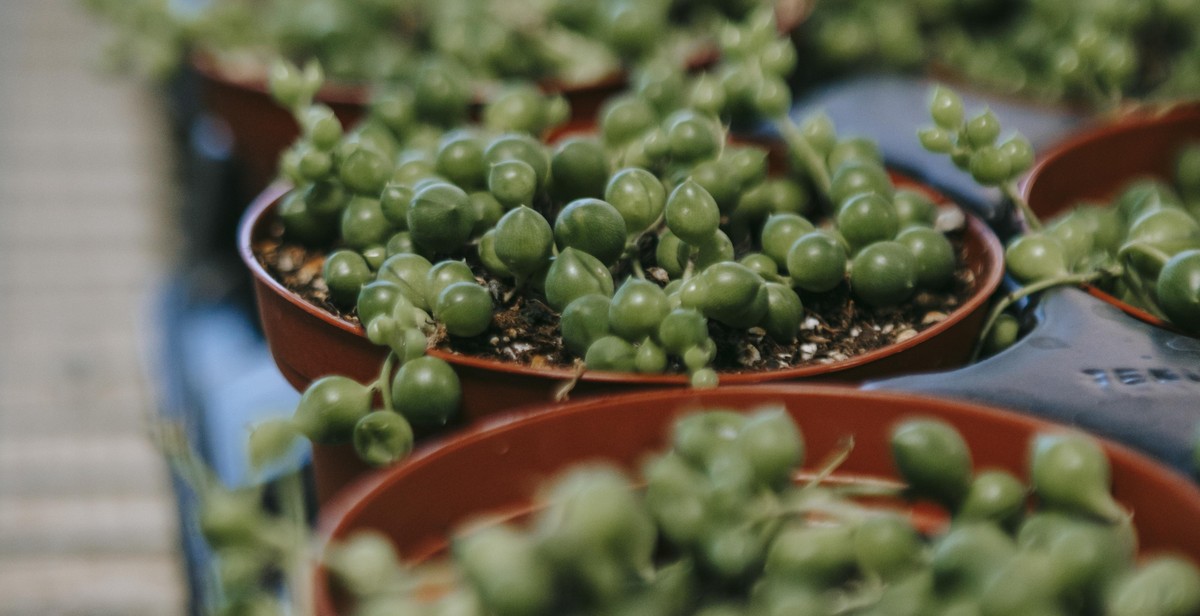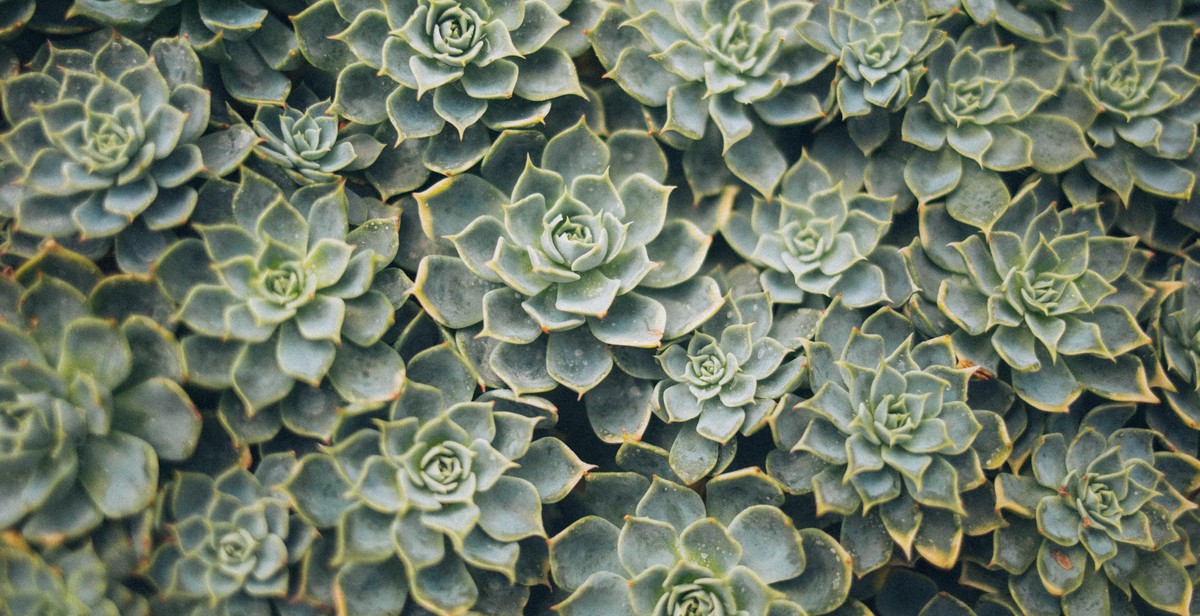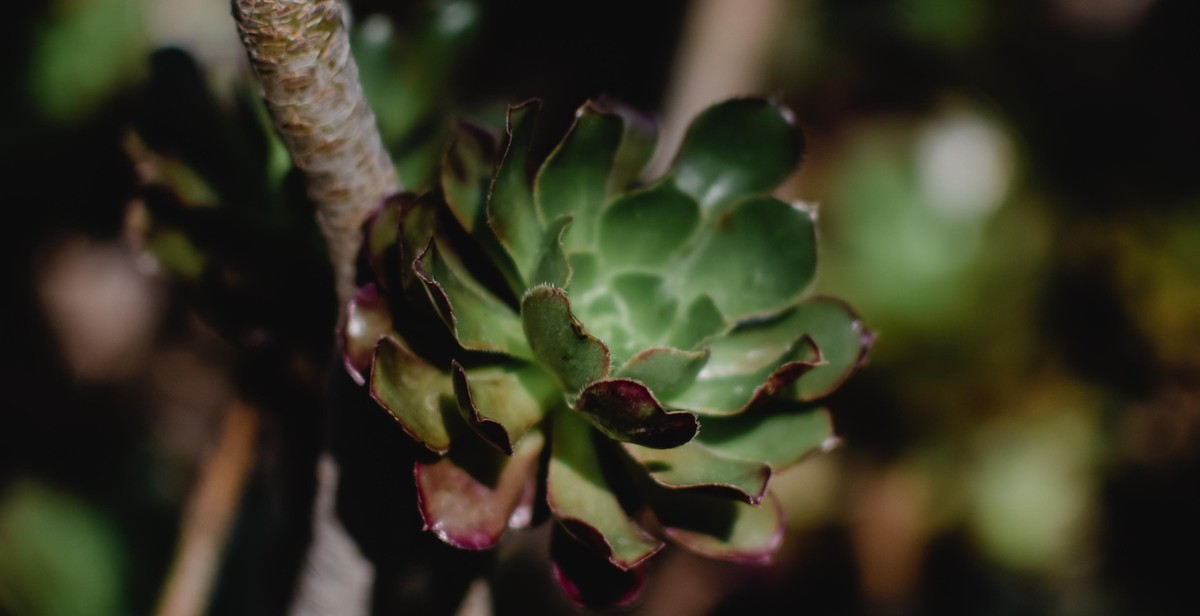Introduction: How to Build a DIY Vertical Succulent Garden
If you’re looking for a unique way to add some greenery to your home or office, a vertical succulent garden might be just what you need. These gardens are not only beautiful but also practical, as they take up minimal space and require little maintenance.
What is a Vertical Succulent Garden?
A vertical succulent garden is a type of living wall that is composed of various types of succulent plants arranged in a vertical pattern. These gardens can be created using a variety of materials, such as wooden pallets, wall-mounted frames, or even repurposed gutters.
Vertical succulent gardens are a great way to add a touch of nature to any space, whether you’re looking to spruce up a boring office wall or create a stunning focal point in your backyard. They’re also a great way to showcase your creativity and DIY skills, as building your own vertical succulent garden can be a fun and rewarding project.
Why Build a DIY Vertical Succulent Garden?
There are many reasons why you might want to build your own vertical succulent garden. For one, it’s a great way to add some greenery to your home or office without taking up too much space. It’s also a fun and creative project that can be completed in a weekend or less.
Another reason to build a DIY vertical succulent garden is that it’s a low-maintenance way to enjoy plants. Succulents are known for their hardiness and ability to thrive in a variety of conditions, making them a great choice for busy people or those without a green thumb.
In the next sections, we’ll go over the materials and steps you need to follow to build your own beautiful and functional vertical succulent garden.

Benefits of Building a Vertical Succulent Garden
Vertical succulent gardens are a popular trend for both indoor and outdoor spaces. These gardens are not only visually appealing but also offer several benefits that make them an excellent addition to any space. Here are some of the benefits of building a vertical succulent garden:
Saves Space and Maximizes Growing Area
One of the most significant benefits of a vertical succulent garden is that it saves space. These gardens are ideal for small spaces like apartments, balconies, and patios where there is limited space for traditional gardens. Vertical gardens take up minimal floor space, making them an excellent option for those who want to maximize their growing area.
Improves Air Quality and Health Benefits
Vertical succulent gardens also offer several health benefits. Plants are known to purify the air by removing harmful toxins and pollutants, and succulents are no exception. They are natural air purifiers and can improve the air quality in your home or office. Additionally, studies have shown that plants can reduce stress levels and improve overall mental health, making a vertical succulent garden an excellent addition to any space.
Adds Aesthetic Appeal to Any Space
Finally, a vertical succulent garden adds a unique and beautiful aesthetic appeal to any space. With their vibrant colors and unique shapes, succulents can add a touch of nature and beauty to any room or outdoor area. Whether you choose to build a small or large vertical garden, it will undoubtedly become the focal point of your space.
| Benefits | Explanation |
| Saves Space and Maximizes Growing Area | Vertical gardens take up minimal floor space, making them an excellent option for those who want to maximize their growing area. |
| Improves Air Quality and Health Benefits | Succulents are natural air purifiers and can improve the air quality in your home or office. Additionally, plants can reduce stress levels and improve overall mental health. |
| Adds Aesthetic Appeal to Any Space | Succulents can add a touch of nature and beauty to any room or outdoor area, making a vertical succulent garden an excellent addition to any space. |

Materials Needed
Building a DIY vertical succulent garden requires specific materials to ensure success. Here are the materials needed:
| Materials | Description |
|---|---|
| Planter Box or Frame | A planter box or frame is a container that holds the succulent plants. It can be made of wood, metal, or any other material that can support the plants. |
| Landscape Fabric | Landscape fabric is used to line the planter box or frame to prevent soil from falling out of the bottom and to keep the soil moist. |
| Potting Soil | Potting soil is used to fill the planter box or frame and provide nutrients for the succulent plants to grow. |
| Succulent Plants | Succulent plants are the main feature of the DIY vertical garden. These plants are low maintenance and come in a variety of colors and shapes. |
| Tools (Drill, Screws, Hammer, Nails, etc.) | Tools are needed to assemble the planter box or frame and attach it to a wall or fence. These tools include a drill, screws, hammer, nails, and more. |
Additional Materials
Depending on the design of the DIY vertical garden, additional materials may be needed. Here are some examples:
- Staple gun and staples
- Paint or stain
- Level
- Measuring tape
- Watering can or hose
Make sure to gather all the necessary materials and tools before starting the project to ensure a smooth and successful process.

Step-by-Step Guide: How to Build a DIY Vertical Succulent Garden
Vertical succulent gardens are a great way to add a touch of greenery to any space. They are perfect for small apartments, balconies, or even indoor spaces. Here is a step-by-step guide on how to build your own DIY vertical succulent garden:
Choose the Right Location
The first step in building your DIY vertical succulent garden is to choose the right location. Succulents require plenty of sunlight, so choose a spot that gets at least 6 hours of direct sunlight every day. Make sure the location is also easily accessible for watering and maintenance.
Build or Purchase a Planter Box or Frame
The next step is to build or purchase a planter box or frame. You can use wood, metal, or even repurpose an old picture frame. If you are building your own planter box, make sure to use weather-resistant materials.
Prepare the Planter Box or Frame
Once you have your planter box or frame, you need to prepare it for planting. Make sure to clean it thoroughly and remove any debris. If you are using a wooden planter box, you may want to seal it with a waterproof sealant to prevent water damage.
Add Landscape Fabric
Add landscape fabric to the planter box or frame to prevent soil from falling out. Make sure to cut the fabric to fit the size of the planter box or frame.
Add Potting Soil
Next, add potting soil to the planter box or frame. Succulents require well-draining soil, so make sure to use a mix of sand, perlite, and potting soil. Fill the planter box or frame about ¾ of the way full.
Plant Succulent Cuttings
Now it’s time to add your succulent cuttings. Make sure to choose healthy cuttings with at least 2-3 leaves. Insert the cuttings into the soil, leaving about 1 inch of stem above the soil. Make sure to space the cuttings evenly to allow room for growth.
Water and Maintain the Garden
Finally, water your succulent garden thoroughly. Succulents do not require a lot of water, so make sure to only water when the soil is completely dry. To maintain your garden, make sure to prune any dead leaves or stems and fertilize every few months.
With these simple steps, you can build your own DIY vertical succulent garden and add a touch of greenery to any space.

Tips for Maintaining a Healthy Vertical Succulent Garden
Vertical succulent gardens are not only beautiful, but they are also low maintenance. However, to keep your garden healthy and thriving, there are a few things you need to keep in mind.
Watering
When it comes to watering your vertical succulent garden, less is more. Overwatering can lead to root rot, which can quickly kill your plants. It’s best to water your garden sparingly, once a week or when the soil is completely dry.
Make sure to water the soil directly and avoid getting water on the leaves, as this can lead to rot and other diseases. You can use a watering can or a spray bottle to water your garden.
Lighting
Succulents love bright, indirect light. Place your vertical garden in a spot that gets at least 6 hours of sunlight per day. If you don’t have a sunny spot in your home, you can use grow lights to provide your plants with the light they need.
Soil and Fertilizer
Succulents need well-draining soil to thrive. You can use a cactus mix or make your own by mixing potting soil with sand or perlite. Avoid using heavy garden soil, as this can lead to root rot.
You can fertilize your succulent garden once a month during the growing season (spring and summer) with a balanced fertilizer. Be sure to follow the instructions on the label and don’t over-fertilize, as this can damage your plants.
Pest Control
Succulents are generally pest-resistant, but they can still fall victim to mealybugs, spider mites, and other pests. If you notice any pests on your plants, you can use a mild insecticidal soap or neem oil to get rid of them.
It’s important to keep an eye on your garden and catch any pest problems early on, as they can quickly spread to other plants.
| Tip | Description |
|---|---|
| Use a well-draining soil mix | Good soil drainage is essential for succulent health |
| Water sparingly | Overwatering can lead to root rot, which can quickly kill your plants |
| Provide bright, indirect light | Succulents love bright, indirect light. Place your vertical garden in a spot that gets at least 6 hours of sunlight per day |
| Fertilize once a month | During the growing season (spring and summer), fertilize your succulent garden once a month with a balanced fertilizer |
| Watch for pests | Keep an eye on your garden and catch any pest problems early on |

Conclusion
Building a DIY vertical succulent garden is a fun and rewarding project that can add a touch of greenery to any space. With the right tools and materials, anyone can create a stunning display of succulents that will thrive in any environment.
Tips for Success
- Choose succulents that are well-suited for vertical gardens, such as sedums, echeverias, and sempervivums.
- Make sure your garden has good drainage to prevent root rot.
- Use a quality soil mix that is specifically designed for succulents.
- Water your garden sparingly, as succulents prefer dry conditions.
- Position your garden in a location that receives plenty of sunlight.
Benefits of a Vertical Succulent Garden
Aside from their aesthetic appeal, vertical succulent gardens offer a number of benefits. They can help purify the air, reduce noise pollution, and even improve mental health by providing a calming and relaxing environment. In addition, vertical gardens can be a great way to maximize limited space, making them an ideal choice for small apartments, balconies, and other urban environments.
Get Creative
One of the best things about building a DIY vertical succulent garden is the opportunity to get creative. You can experiment with different plant combinations, container styles, and hanging methods to create a unique and personalized display. With a little imagination and some basic gardening skills, you can create a beautiful and thriving vertical garden that will be the envy of all your friends.
